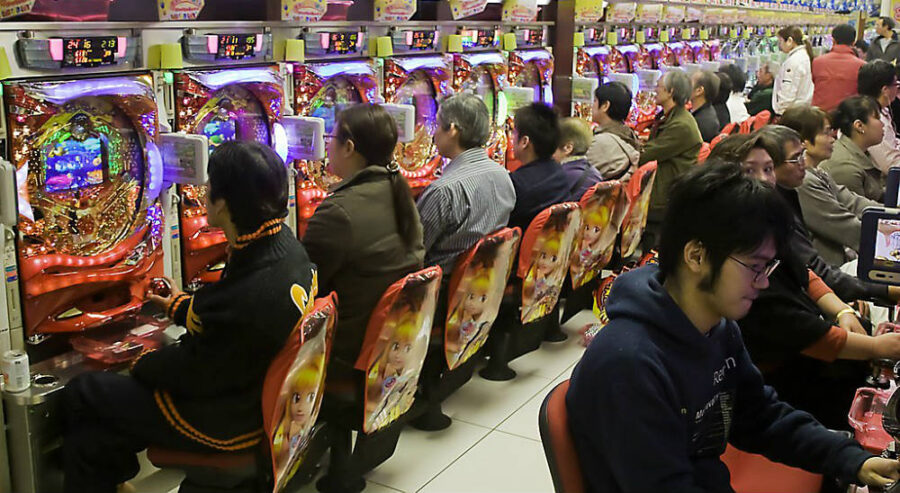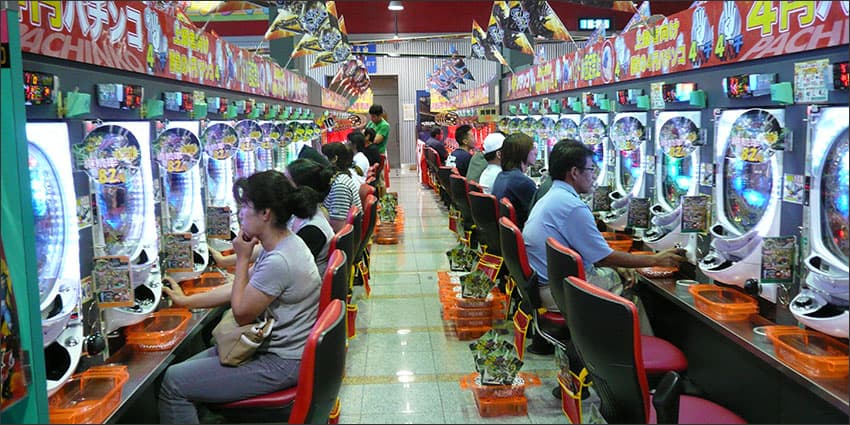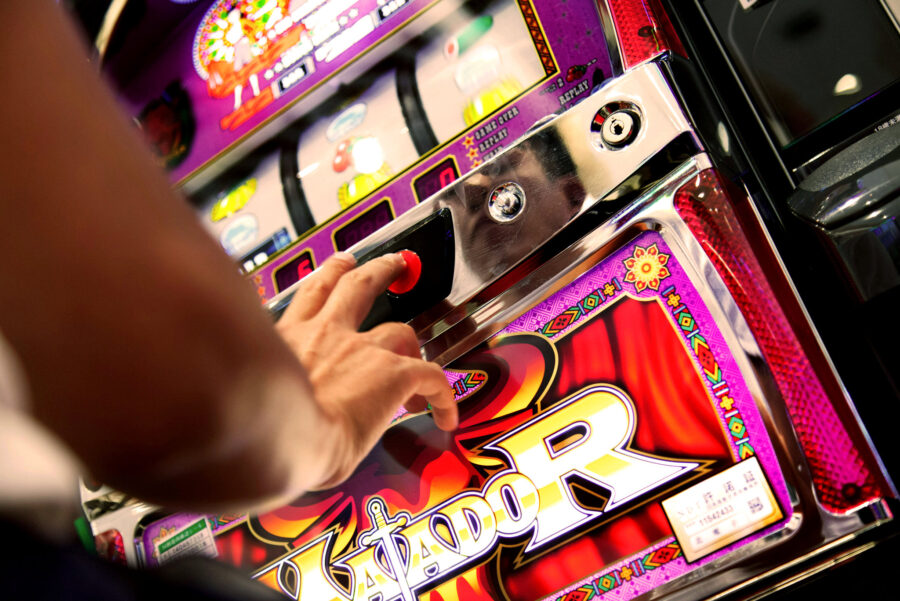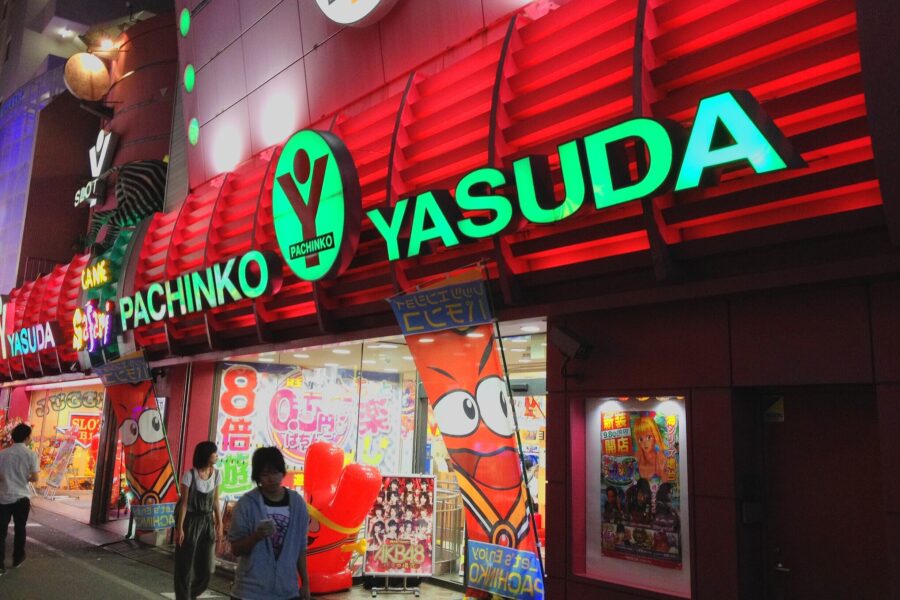Pachinko parlors are a cornerstone of Japan’s entertainment industry, attracting millions of players annually. For curious foreigners or even locals who have walked past these neon-lit establishments without venturing inside, pachinko parlors can seem like an enigma. What exactly happens behind those doors? Let’s dive into the games, the culture, and the mysteries surrounding pachinko parlors.

What Are Pachinko Parlors?
Pachinko parlors are specialized gaming venues found throughout Japan. They house pachinko machines—devices that are part pinball, part slot machine. Pachinko has been a favorite pastime in Japan since the 1920s and remains a multibillion-dollar industry today.
How Do Pachinko Machines Work?
At first glance, a pachinko machine might seem overwhelming with its flashing lights and loud sounds, but the gameplay is relatively straightforward. Here’s how it works:
- Launching Balls: Players purchase small metal balls and launch them into the machine using a dial or lever.
- Navigating Pins: The balls fall through a maze of pins, and the goal is to land them into specific winning pockets.
- Winning Patterns: Landing balls in the right spots triggers a digital slot display. Matching symbols or completing certain patterns results in a jackpot.
- Tokens and Prizes: Winnings are not paid in cash due to gambling restrictions. Instead, players receive tokens, which can be exchanged for prizes or traded for cash indirectly at nearby exchange counters.
Typical Bets: Most players start with 1,000 yen (approximately $7), which buys a tray of balls. Some machines allow smaller bets, making pachinko accessible to casual and serious players alike.
What Is the Experience Like Inside?
Walking into a pachinko parlor is an assault on the senses. The venues are:
- Loud: The clattering of metal balls and the booming sounds of the machines create a cacophony.
- Bright: Neon lights and vibrant screens dazzle every corner of the room.
- Smoky: Despite Japan’s strict smoking regulations, many parlors have smoking sections, adding to the gritty ambiance.
- Intense: Rows of players focus intently on their machines, lost in a world of flashing lights and spinning reels.
For a first-timer, the environment might feel chaotic, but regular players often describe it as immersive and thrilling.
Are Pachinko Parlors Linked to Crime?
There’s a longstanding perception that pachinko parlors are linked to crime. While most parlors operate legally, there are some gray areas:
- Yakuza Connections: Historically, Japan’s organized crime groups, or yakuza, were rumored to have ties to the pachinko industry. Today, the industry is tightly regulated, but whispers of underworld involvement persist.
- Money Laundering: The unique prize-exchange system has occasionally been exploited for money laundering, though authorities are cracking down on these activities.
- Illegal Gambling: While pachinko skirts Japan’s anti-gambling laws by offering prizes instead of cash, the indirect exchange for money has raised ethical questions.
For the average player, pachinko parlors remain a safe and regulated environment, but these underlying issues add an air of intrigue.

Why Do Asians Love Gambling?
Gambling has deep cultural roots in many Asian societies, and pachinko is no exception. Several factors contribute to its popularity:
- Social Aspect: Pachinko parlors often serve as gathering places where players can bond over shared experiences.
- Entertainment: The sensory overload of lights and sounds provides an escape from daily life.
- Cultural History: Gambling games like mahjong and pachinko have been ingrained in Asian entertainment for generations.
- Low Barriers: Pachinko is relatively inexpensive to play, making it accessible to a wide audience.

Games Beyond Pachinko: Slot Machines and More
While pachinko machines dominate the scene, many parlors also feature:
- Pachislot Machines: A hybrid of pachinko and traditional slot machines, offering a different style of gameplay.
- Video Slots: Digital gambling games with themes ranging from anime to Hollywood movies.
- Skill-Based Games: Some parlors offer games requiring a mix of skill and luck, catering to more strategic players.

Are Pachinko Parlors Worth Visiting?
If you’ve never been inside a pachinko parlor, the experience is worth trying at least once. Here’s why:
- Cultural Insight: Pachinko offers a unique window into modern Japanese culture and entertainment.
- Fun and Thrills: The fast-paced gameplay can be exhilarating, even for novices.
- Low Stakes: With small bets and no pressure to win big, it’s a lighthearted way to spend an hour or two.
Tips for First-Time Visitors
If you’re planning to visit a pachinko parlor, keep these tips in mind:
- Choose a Beginner-Friendly Machine: Start with machines marked as “easy” or “low stakes.”
- Don’t Overspend: Set a budget and stick to it.
- Ask for Help: Staff members are often willing to explain how machines work.
- Avoid Peak Hours: Pachinko parlors can get crowded, especially in the evenings and on weekends.
- Beware of Scams: Stick to reputable parlors and avoid anyone offering “special” deals outside the venue.
The Future of Pachinko Parlors
As Japan’s gambling laws evolve, so too does the pachinko industry. While younger generations are turning to mobile gaming and online casinos, pachinko parlors remain a nostalgic and cultural staple. The integration of high-tech features, such as smartphone connectivity and digital rewards, is helping the industry adapt to modern times.
Pachinko parlors are more than just gaming venues; they’re a fascinating slice of Japanese culture. Whether you’re a local curious about what goes on inside or a tourist looking for an authentic experience, pachinko offers a blend of entertainment, history, and mystery. So next time you pass one of these neon-lit halls, consider stepping inside—you might just discover a new favorite pastime.
